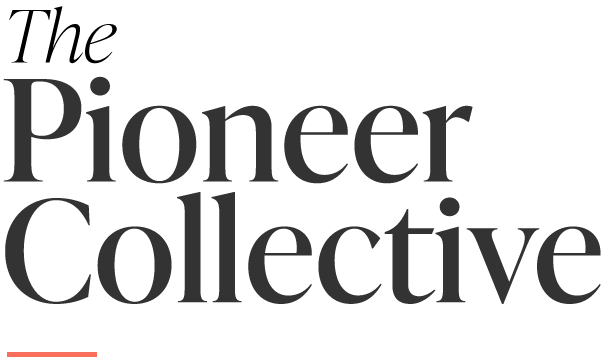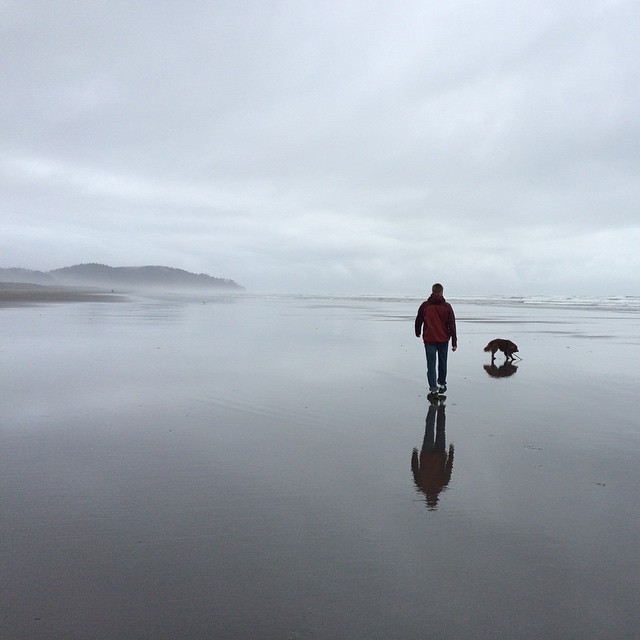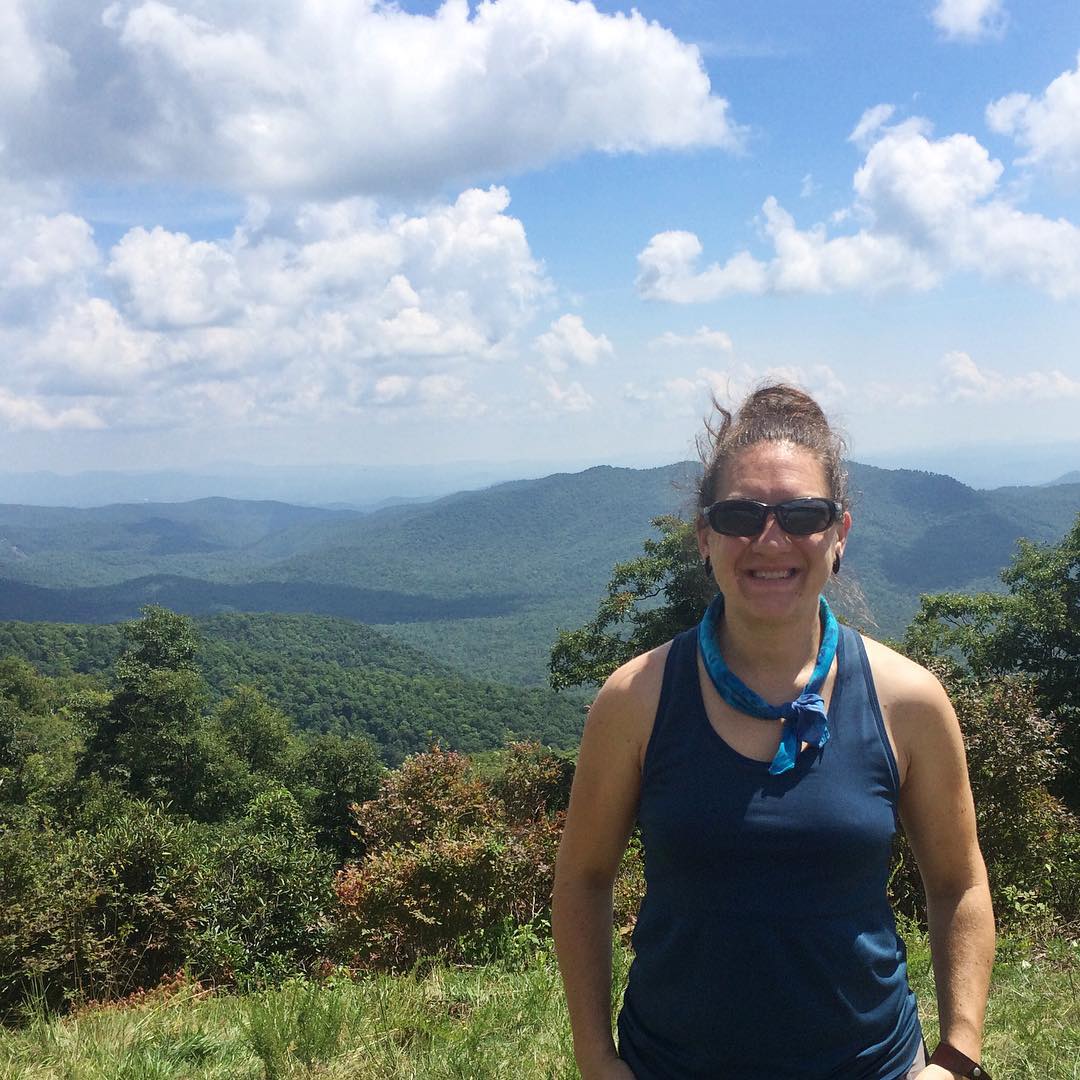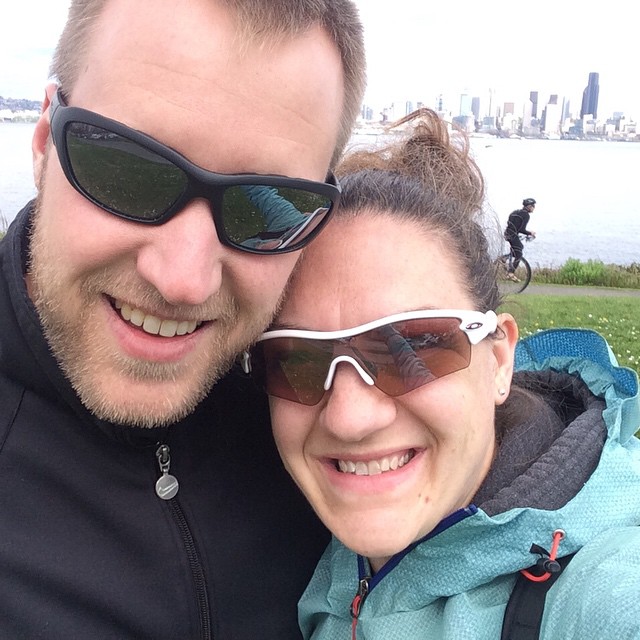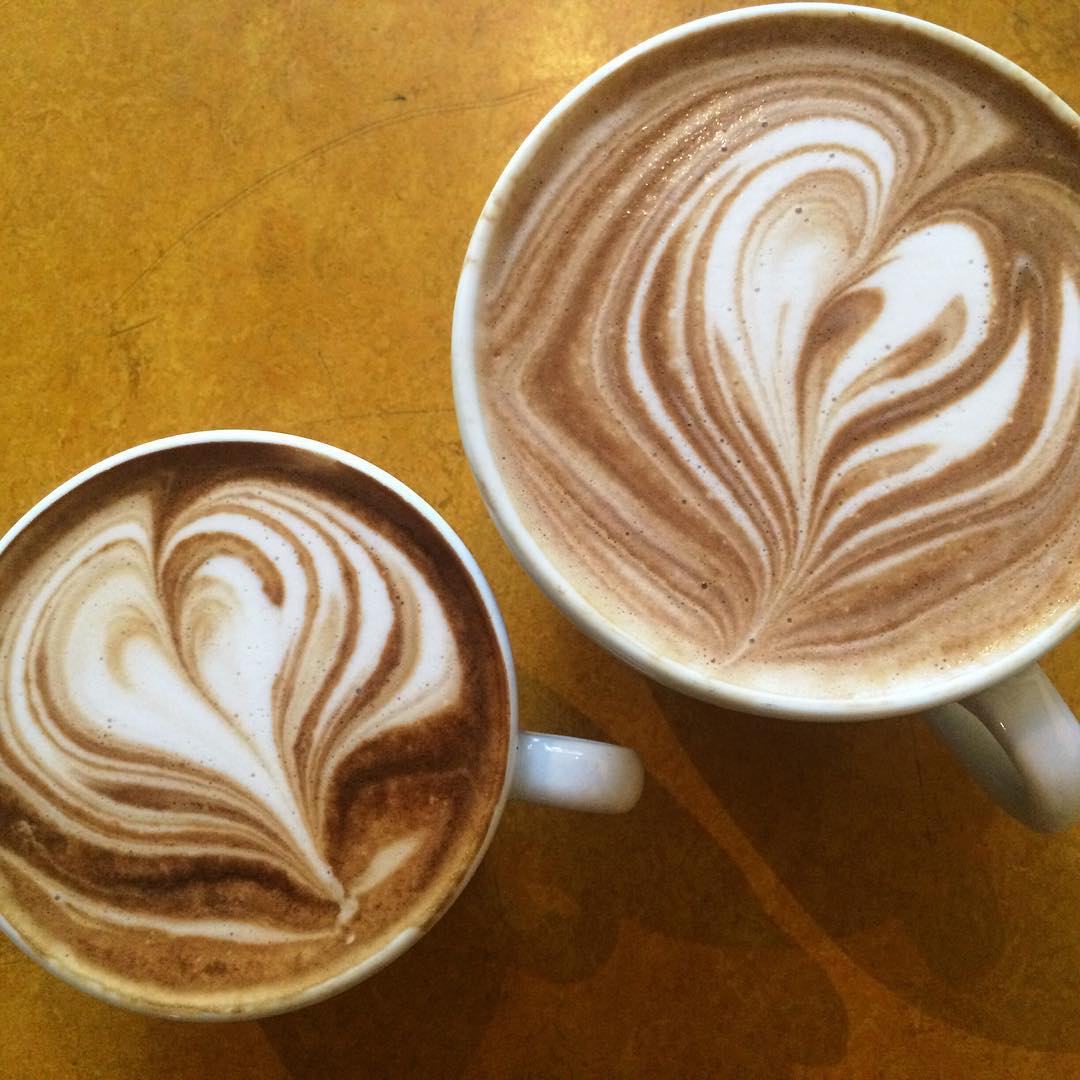tPC Member Spotlight - Erin Anacker of Betwixt
tPC member Erin Anacker is a passionate and energetic designer, entrepreneur, and people enthusiast. In the middle of a successful design career, she changed directions to found Betwixt, a company that cultivates the relationships between designers and their clients. We sat down with Erin to learn a bit more about her business and what drives her.
Tell us a little about your professional background and the path that led you to where you are today.
I graduated with a degree in visual communication from Seattle Pacific University. After school, I worked for a couple companies doing web design before starting my own business, Pixology. I ran pixology for about five years until I no longer felt connected to the work itself. Through working with a coach, I realized an important detail about myself: design is my talent, people are my passion.
So I shifted gears and started to create projects focused on working more directly with people. Eventually that morphed into a new business—called Betwixt—where I work with other women in design to build their businesses and connect with one another. It's sort of group coaching and community building combined.
You have a good amount of technical proficiency with dynamic languages and databases. How important has that been to your career? Is this becoming a prerequisite for all designers now?
I am self taught in web development and have found it incredibly useful. In my earlier years, I didn't have a strong handle on how to articulate the value of design. Development is, in a way, a more tangible skill set that I found to be more lucrative because I could control the scope more easily. I formed partnerships with other designers to come on alongside their web projects in addition to doing my own full spectrum projects. In addition, it has been useful in my businesses to be able to create the web presence and tools I need if/when I didn’t want to hire out.
However, while I believe designers should have enough understanding of coding to communicate with developers and clients, I do not think they need to know it in order to be successful. Design is so much bigger than making widgets. It is a way of thinking about the world and problem solving. The prerequisite for all designers is the desire and ability to improve the way you think. If that involves learning to code, that’s great. If that involves learning more about how we collaborate in person, that’s great too. Both could be advantageous in solving technical / digital problems.
What are some of ypur favorite podcast episodes you've produced?
Below the Fold — a podcast drawing out the stories and voices of women in design
In Good Company — a podcast exploring business partnership
- 05 Our First Fight, err Conflict? Disagreement?
- 08 The Benjamins, the Bread, the Moolah... the Money
- 12 Does You Plus Me = We?
What are three things that are different today than when you entered the industry?
The web has totally and completely taken over. Design is more broadly accessible and better understood by the average person, at least on a basic level. There seem to be a growing number of small studios and freelancers in the space and the silos that used to exist are beginning to be dismantled.
Outside of having an established network, why did you decide to start your business in Seattle?
I actually started my business while living on the east side of the state, in Richland, WA. However, location for me has been largely irrelevant as most of my work has been online.
Favorite books: one non-fiction, one fiction
If I say Harry Potter, is that too easy? I listened to the entire series before going to bed for about a year. It was like I had Jim Dale conducting story time every night! He does an outstanding job as a narrator, hence the Grammy Awards he’s received. I highly recommend listening to these!
I can’t say that I have a favorite but one I am really digging right now is called Positioning for Professionals. It’s a must-read for anyone who runs a business or freelances on the side. It walks you through how to differentiate yourself and carve out a market space that is all your own, essentially eliminating any competition. I am also really enjoying another book from Wiley called Implementing Value Pricing. These are two books I wish I would have known about when I was running a design business.
When you get a day off, what is your favorite thing to do in the PNW?
Adventuring outdoors with my husband and dog! Which could be as simple as walking to the coffee shop. We love to travel, hike, bike, road trip, ski, etc.
Our changing city has been a constant topic of discussion in the media this year, from economic inequality, to Bertha, heroin, Amazonification, homelessness, rising rents etc. We like for focus on the positive though. What are some ways Seattle is better now than it was a decade ago?
Hmm, I think the same things I loved about the city then are the same things I love about it now. People rave about The City Who Must Not Be Named that sits just three hours south of us. It’s a lovely city with a thriving creative community and amazing food. However, what makes Seattle a better place to live for me, are three things:
- Ambition. People here do not stay in the realm of ideas too long before taking action. It’s the sort of action that makes things happen but also holds space for other priorities. Unlike the east coast, work here is not all consuming—perhaps for a few but not as a whole.
- Independence. Whether in thought or in business, there is an indie vibe here that I’ve not found in any other city in the States. Combined with ambition, people in Seattle seem to value self-sufficiency and self-reliance.
- Quirk. While there are a couple cities competing for the title of Weirdest, I find Seattle content in being itself, whatever that means. It’s not trying to be anything for the sake of it. I love seeing people all over Seattle being expressive and unabashedly themselves, but it’s genuine and not in your face.
In 2020 Erin Anacker will be _________
I have no idea! I used to think I had an idea and then I realized, I’ve not a clue. Life does what it does. I am learning to take it one day at a time, appreciate the nuances, and continue to make a positive contribution where I am able.
